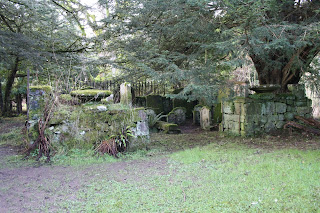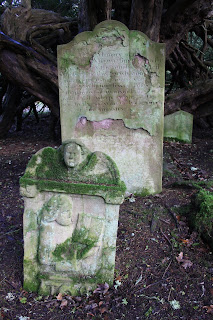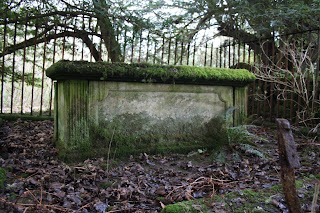The Ladykirk and Norham Bridge connects Scotland and England over the River Tweed. The bridge runs from Ladykirk in the Scottish Borders to Norham in Northumberland, England.
"It is a late stone road arch bridge with four spans. The two middle arches are of 90 feet (27 m) span, and the outer two of 85 feet (26 m) span, and the width of the roadway between the parapets is 14 feet (4.3 m). The outer piers have triangular cutwaters, but the central pier has a curved cutwater that continues up to the height of the road, with a break in the parapet to create a refuge for pedestrians.
The previous bridge was a timber trestle built between 1838 and 1839 by J. Blackmore. The bridge was funded by subscribers purchasing shares; David Robertson, 1st Baron Marjoribanks paid L.3000, and ten others paid L.500 each.
This bridge used curved ribs eight planks deep at the ends and three planks deep in the middle, where each individual plank is 6 inches (150 mm) deep. These were used to create two arches, each of 190 feet (58 m) span and 17 feet (5.2 m) rise, each arch was supported by two trusses. The planks were 18 feet (5.5 m) long, and no piece of timber in the bridge was longer than 28 feet (8.5 m). The roadway was 18 feet (5.5 m) wide. The entire bridge was restored in 1852, with the exception of the stone piers." (from Wikipedia)

























